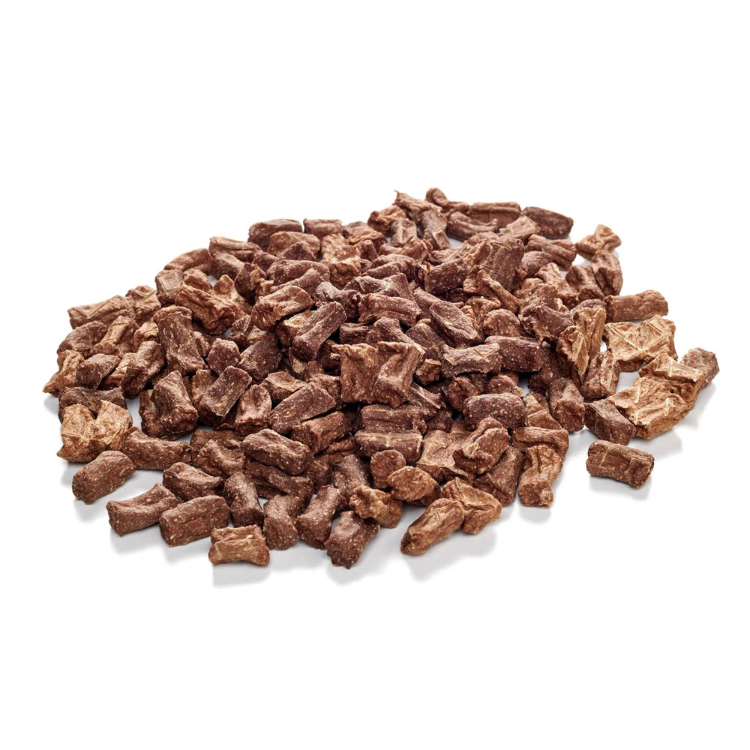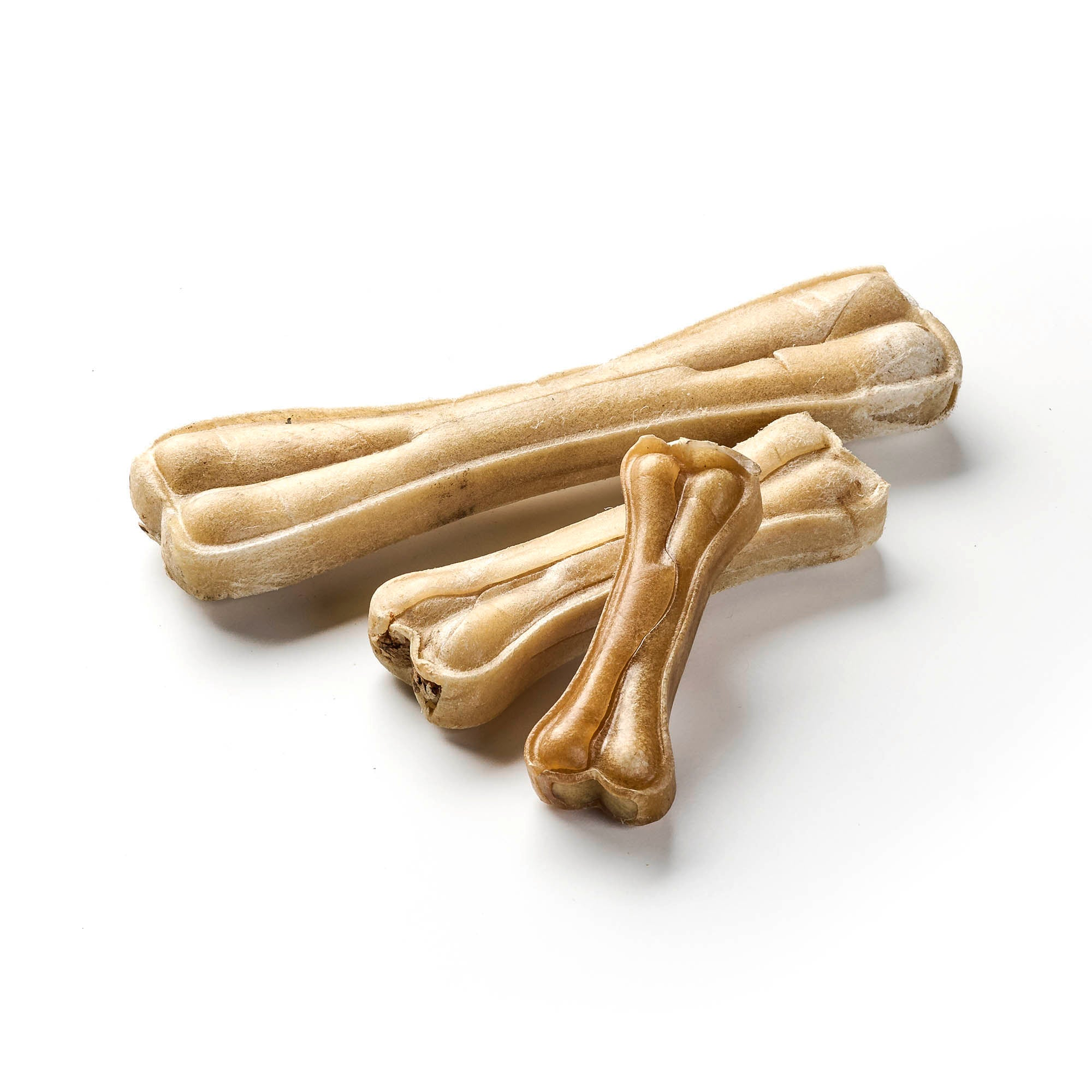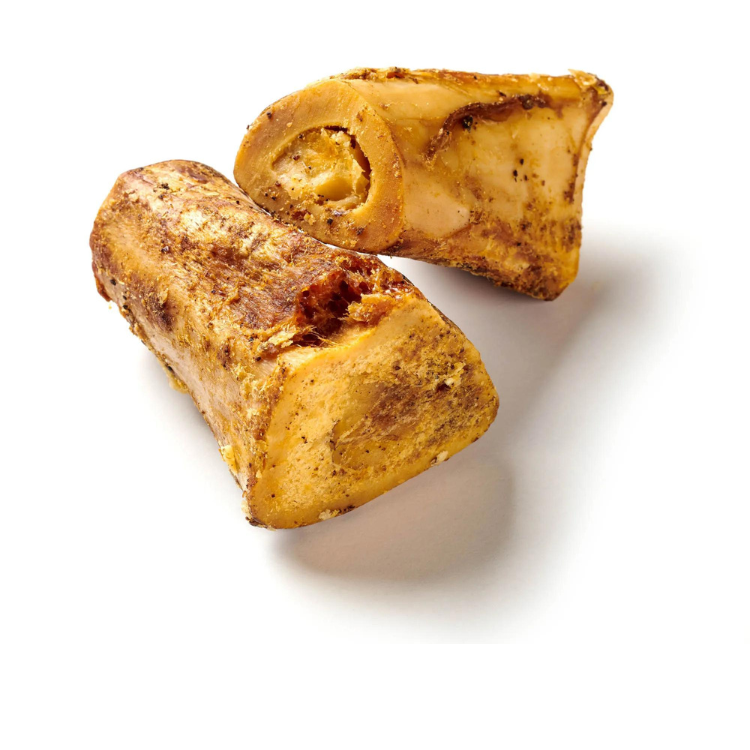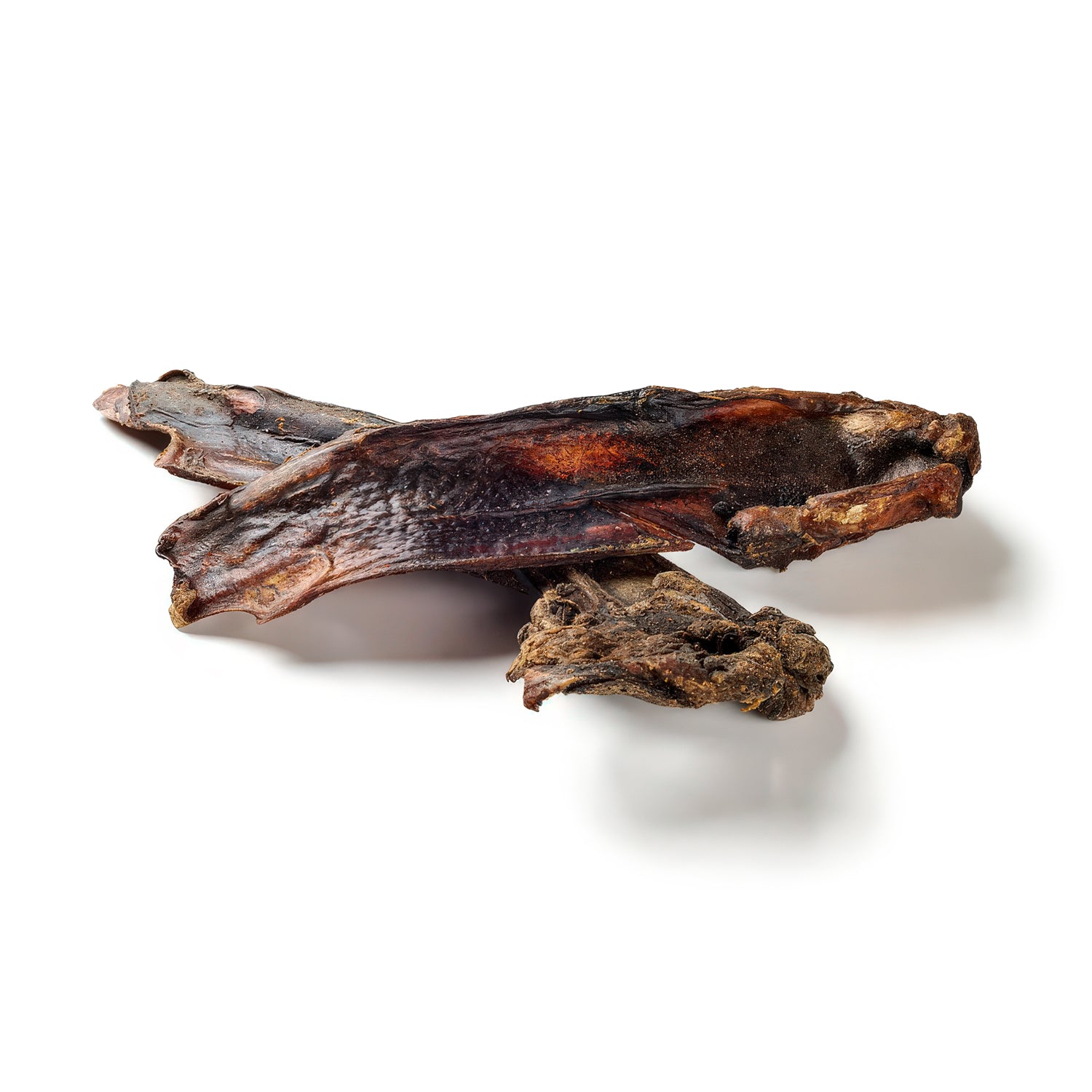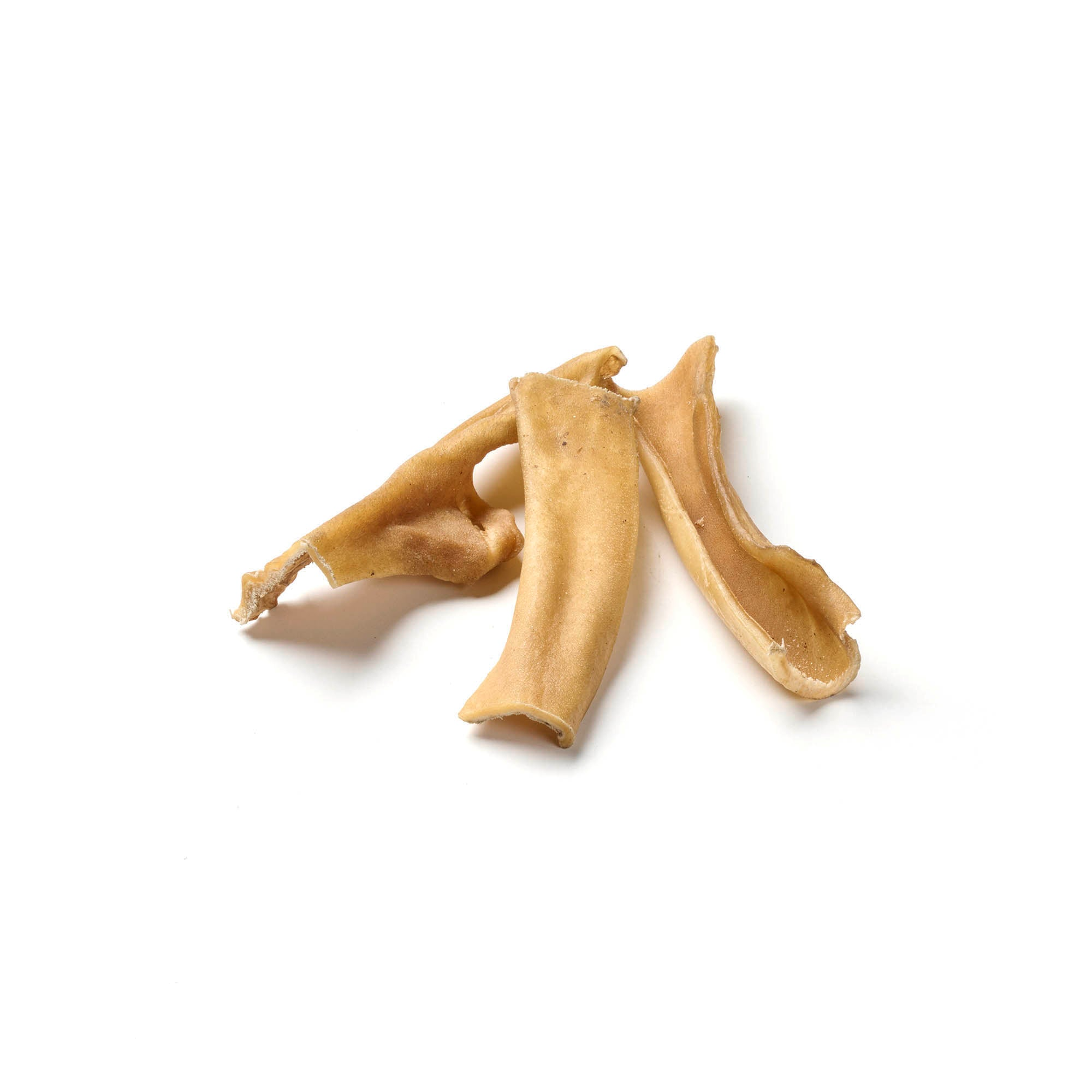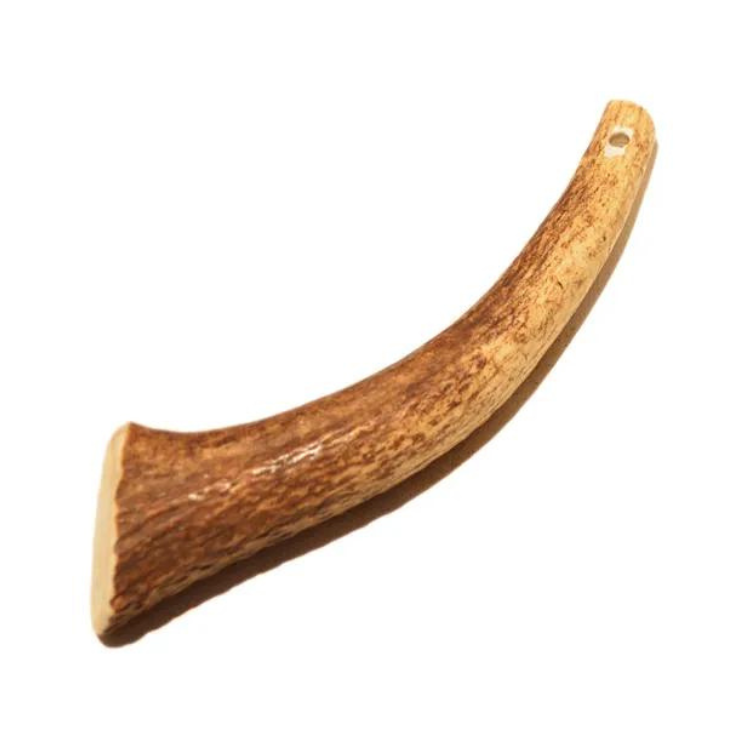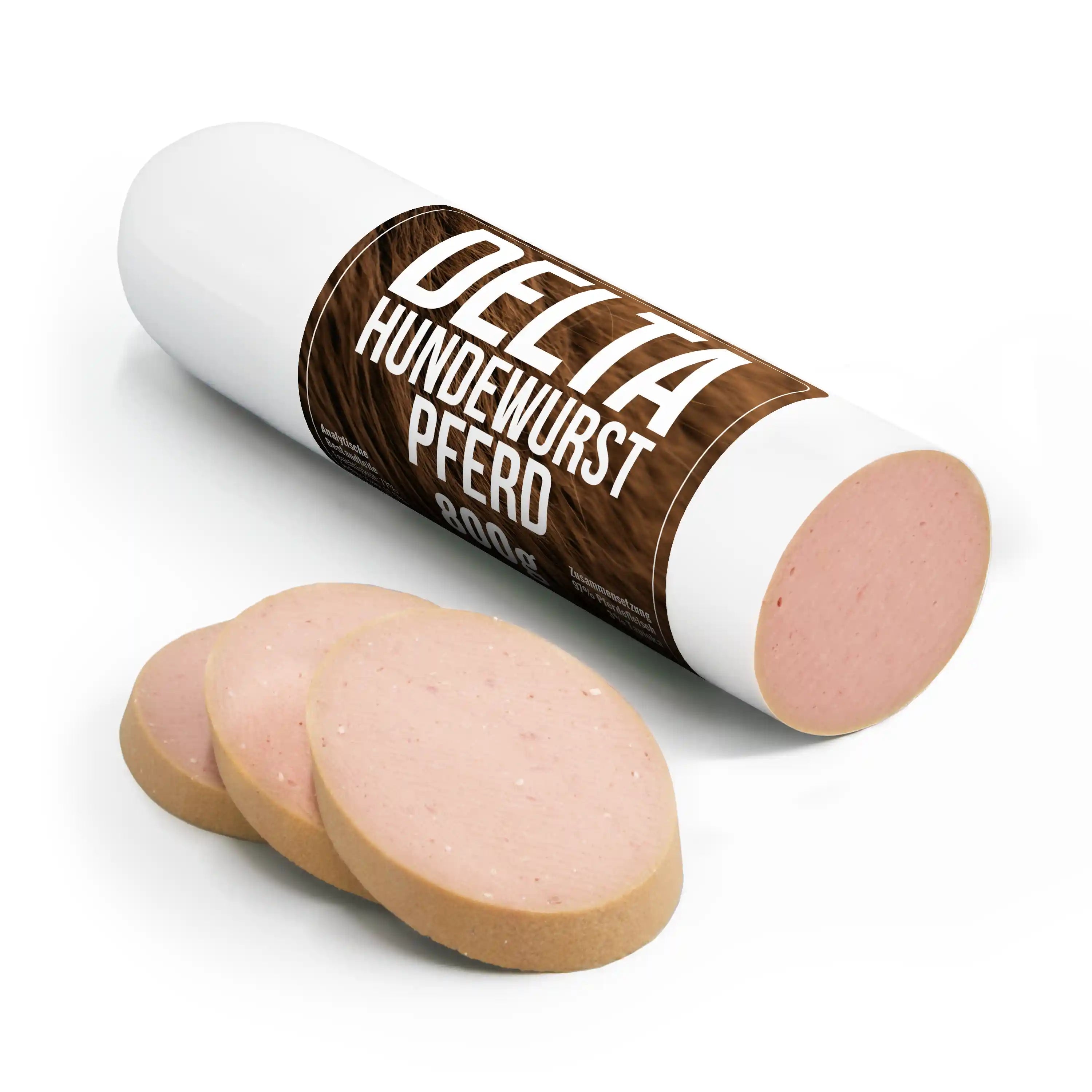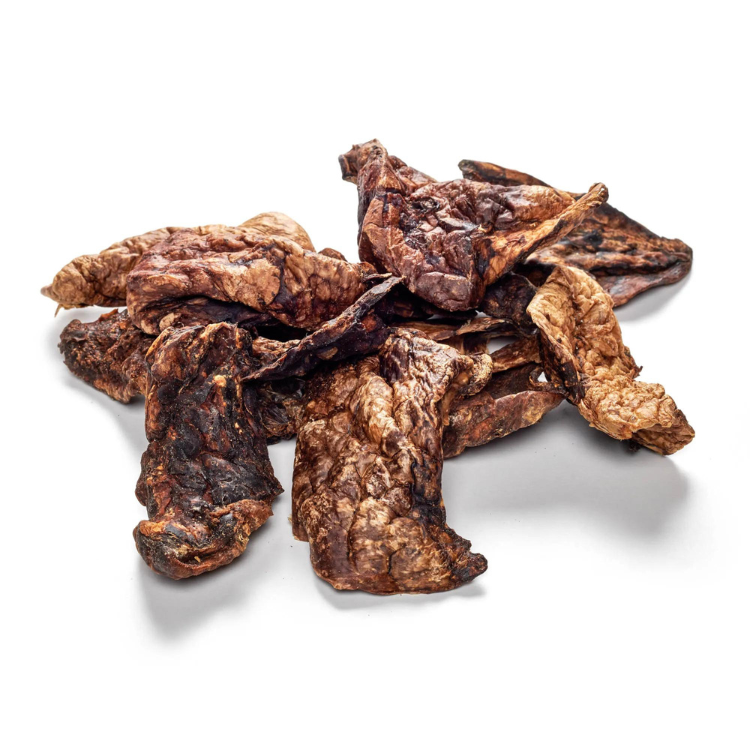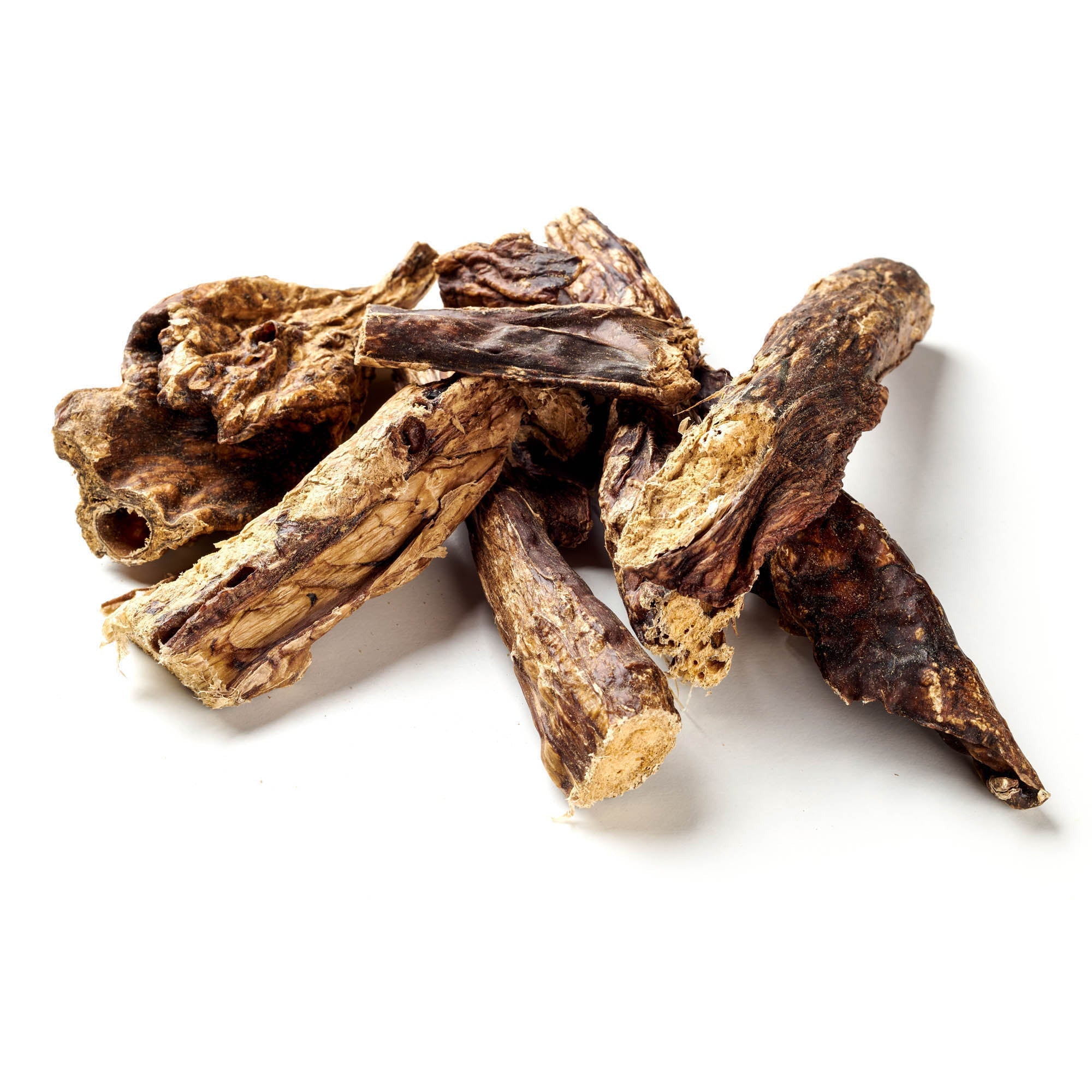
Your dog is too thin? You have to know that
Share
Is my dog too thin? Many dog owners wonder whether their beloved four-legged friend is at his ideal weight. Dogs can also suffer from weight problems. In order to prevent health problems, it is important to recognize underweight dogs in good time and to be able to intervene. Although every dog is different, there are some basic rules you should know to check the health of your animal.
Content: Is my dog too thin?
- Is my dog too thin? The typical signs
- Check your dog using the Body Condition Score
- Why is my dog too thin? Possible reasons
- What can be the consequences of underweight dogs?
- How to prevent underweight dogs
- How should I feed a dog that is too thin?
- My dog has no appetite – what can I do?
Reward your best friend with our dog treats!
Is my dog too thin? The typical signs
Every dog is different. Accordingly, there is no ideal weight that applies to every four-legged friend. The ideal weight differs from dog to dog depending on the breed, size, age, coat type and muscle mass.
There are dog breeds such as greyhounds and Weimaraners that have a thinner, wirier build due to their breed. If you want to determine the ideal weight of a purebred dog, you can find guidelines in the breed standards that you can use as a guide. A vet can also provide clarity.
Before you jump to conclusions, find out how many kilograms are normal and healthy for your dog.
Check your dog using the Body Condition Score
The “Body Condition Score” (the “BMI” for dogs) helps you to objectively assess your dog.
Look closely at your dog from the side and from above. Pay attention to his belly circumference, waist and the line of his belly.
Protruding ribs, lumbar vertebrae and pelvic bones as well as a sunken belly area can be signs that the dog is too thin. Dull, thin fur can also indicate underweight.
Then run your hand over his ribs, spine and pelvic bones. This will allow you to check how thick his subcutaneous fat layer is. If the dog is too thin, there will be little fat to feel.
Why is my dog too thin? Possible reasons
There can be many reasons why a dog is too thin. Both physical and psychological causes can be responsible for underweight. Below you will find out about possible reasons.
Food
Basically, malnutrition occurs when the body uses more energy than it has taken in through the dog's food .
On the one hand, it may be because the four-legged friend refuses food for taste reasons and therefore loses weight.
On the other hand, malnutrition, i.e. feeding a diet low in vital nutrients, can be the cause of his underweight.
This is the case, for example, if the dog only eats dry food. Since the meat content is usually too low, deficiency symptoms occur.
Malnutrition causes intestinal cells to stick together and nutrients can no longer be properly absorbed. This in turn leads to weight problems.
The age
The older a dog gets, the slower its metabolism becomes and the less able it is to digest food.
In addition, the likelihood of intolerances increases with age. This can lead to the dog refusing food, which in turn promotes underweight.
Psychological reasons
Psychological reasons can also be a reason why the dog is too thin. Hormonal changes that occur during heat, due to stress or the loss of a caregiver, for example, can have a strong influence on eating behavior.
Diseases
Being underweight can also be a symptom of various diseases. Possible diseases can be:
- Heart disease
- tumor
- Inflammation of the pancreas
- Infections
The disease usually has other accompanying symptoms, including:
- Diarrhea
- Vomit
- Bloated stomach
- Unrest
If you suspect an illness, you should consult a veterinarian immediately.
See also: Dog diseases – An overview of the most common diseases in dogs
worms
If the dog eats normal to excessive amounts and still loses weight, a worm infestation may be the reason. Other signs that indicate an infestation:
- Vomit
- Diarrhea
- Itching around the anus
- dull coat
- bloated stomach
To prevent worms in your dog, you should have him dewormed regularly.
What can be the consequences of underweight dogs?
Underweight dogs can cause many long-term health problems, including:
- weaker immune system
- Nutrient deficiencies
- shortened lifespan
- Anemia
- Muscle breakdown and altered muscle function
- low blood pressure
- Hair loss
- Skin changes
- unbalanced hormone levels
- physical resilience decreases
- decreasing bone density (increased susceptibility to bone fractures)
- Delayed wound healing and recovery from illness
Pamper your dog with our delicious chews!
How to prevent underweight dogs
What can you do to prevent your dog from becoming underweight? Below we have put together some tips that you should consider when feeding.
Determine the right amount of food
How much food a dog needs depends on several factors. Age, breed, weight and activity levels all play a decisive role. To avoid being underweight, find out how much food your dog needs every day.
Feed your dog several times a day
A common mistake that many people make is to only feed their dog once a day. This is not good for the four-legged friend: the large portion can cause stomach problems. In addition, the energy intake reaches its highest level after feeding and then drops again. The result: the dog feels sluggish more quickly.
It is more beneficial for the dog's body if it receives at least two or three meals a day. This keeps the digestive system busy and the energy and nutrients are distributed evenly.
Create routines
Dogs need orientation. If your four-legged friend always gets his meals at different times, this can lead to constant agitation. After all, he doesn't know when he will be allowed to eat next. Strict feeding times give the dog orientation and a rhythm. This routine ensures more relaxation and contributes to healthy eating behavior.
Rest breaks after eating
A dog should rest after eating so that it can digest properly. It should also have enough water available. Most dogs drink after one to two hours so that they can replace the fluids lost.
How should I feed a dog that is too thin?
Through a targeted diet, a thin dog can gradually get closer to its normal weight. The following tips can help you do this.
Start with small portions
Switching an undernourished dog to a normal portion immediately would overwhelm his stomach. This could lead to problems such as vomiting and diarrhea, among others.
Start gently and feed him 1/3 of the recommended normal ration. After a few days, increase the ration a little. Do this until his normal ration is reached. This gives the dog the opportunity to slowly get used to normal portions again.
Several small portions daily
It is also helpful to divide the meal into small portions and give them at regular intervals throughout the day.
Supplementary feed to support weight gain
High-energy food is available either as a ready-made product (dry or wet food ) or as a powder that you can mix yourself. Even small portions of the special food contain many nutrients, energy and trace elements.
When choosing the right nutritional food, you should make sure that it is highly digestible and regulates digestion. Furthermore, it should have a high protein and fat content to optimally support the dog in gaining weight.
You can seek advice from a veterinarian to help you find the right food.
How should I feed a dog that is too thin?
To fatten up a dog that is too thin, be careful with feeding:
- Start with small portions
- Divide meals into several small portions
- Use nutritional supplements to support weight gain
My dog has no appetite – what can I do?
If your dog has no appetite, there are some tricks to motivate him to eat:
- Mix flavour enhancers into the food
- Puree the food
- Warm up the food
- Create a relaxed atmosphere while eating
Important note: If your dog still has no appetite, you should have a veterinarian determine the cause.
It is important to keep an eye on your dog's eating habits and weight and to consult a veterinarian if you have any concerns. If you are trying to fatten up a thin dog, be cautious with feeding and increase the portions slowly.
Conclusion
There can be many reasons why a dog is too thin. Underweight can be a concomitant symptom of various diseases.
In any case, it is important to keep an eye on your four-legged friend's eating habits and weight and to consult a veterinarian if you have any concerns.
If you want to fatten up a thin dog, be careful with feeding and increase the portions slowly.
Discover our selection of premium dog chews!

